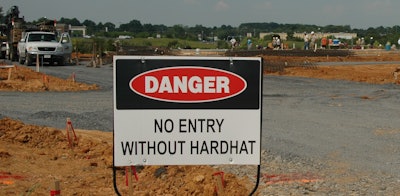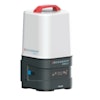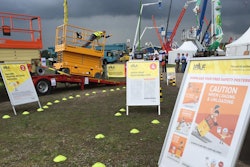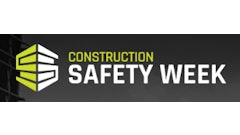
Associated Builders and Contractors released its 2020 Safety Performance Report, an annual assessment that furthers the construction industry’s understanding of how to achieve world-class safety through its STEP Safety Management System. Published in conjunction with National Safety Month, the report documents the dramatic impact of using proactive safety practices to reduce recordable incidents by up to 88%, making the best-performing companies 827% safer than the U.S. Bureau of Labor Statistics industry average.
“Based on real contractors doing real work, ABC’s annual Safety Performance Report outlines how safety best practices and performance measurement can drastically improve jobsite safety,” said Greg Sizemore, ABC vice president of health, safety, environment and workforce development. “During unprecedented circumstances such as the COVID-19 outbreak or when it’s business as usual, and no matter the size of the company or scope of work, the information and tools in this report will help contractors create the conditions that help ensure our workers go home safe and healthy every day.”
Among the findings:
- Tracking and reviewing activities carried out to prevent and control injury, such as safety training, new hire safety orientation and behavior-based safety observations, leads to a 70% reduction in TRIR and a 71% reduction in DART rates.
- Companies that conduct daily toolbox safety meetings reduce TRIR by 82% compared to companies that hold them monthly.
- Having a written personal protection equipment policy that is consistently and universally enforced, conducting an annual needs assessment and continually investing in new equipment leads to a 62% reduction in TRIR and a 65% reduction in DART rates.
- A new leading indicator for 2019, a comprehensive emergency response/fire elimination plan that tiered contractors are contractually bound to follow leads to a 61% reduction in TRIR and DART rates.
- One-third of all incidents on construction jobsites are drug- or alcohol-related. Robust substance abuse programs/policies with provisions for drug and alcohol testing where permitted lead to a 66% reduction in TRIR and a 67% reduction in DART rates.
The Safety Performance Report is based on data gathered from ABC member companies recording nearly one billion hours of work in construction, heavy construction, civil engineering and specialty trades. It tracked 35 data points from companies that deployed STEP in 2019 to determine the correlation between leading indicator use and lagging indicator performance, which is measured by the Total Recordable Incident Rate and Days Away and Restricted or Transferred rate. Each of the data points was sorted using a statistically valid methodology developed by the BLS for its annual Occupational Injuries and Illnesses Survey, and then combined to produce analyses of STEP company performance against BLS industry average incident rates.
ABC Takes a Big STEP Toward Improved Safety on Construction Sites
Founded in 1989 as a safety benchmarking and improvement tool, STEP has evolved into a world-class safety management system that demonstrates safety leadership and cultural transformation to clients. Participating ABC member firms measure their safety processes and policies on 24 key components through a detailed questionnaire with the goal of implementing or enhancing safety programs that reduce jobsite incidence. Applying world-class processes dramatically improves safety performance among participants regardless of company size or type of work.
June is National Safety Month, a national initiative to promote workplace safety best practices, especially amid the COVID-19 pandemic.
Read the report at abc.org/spr



















